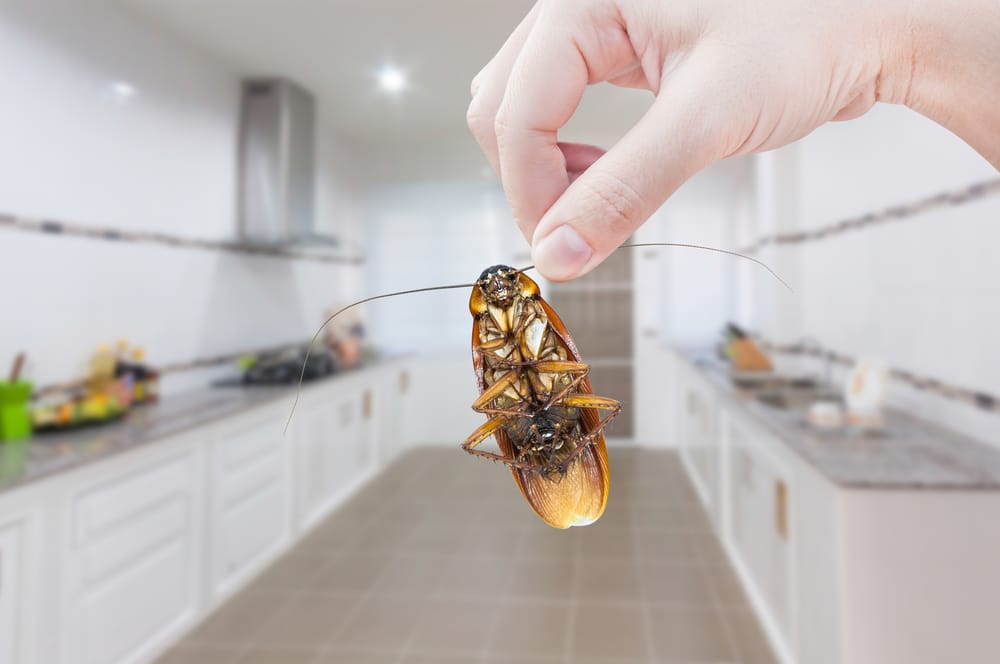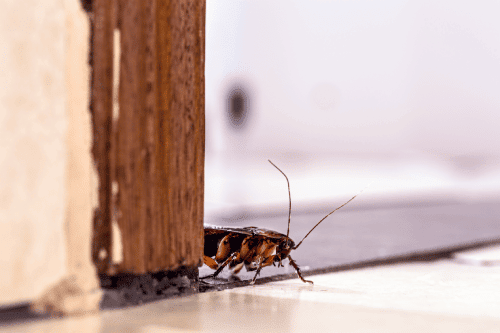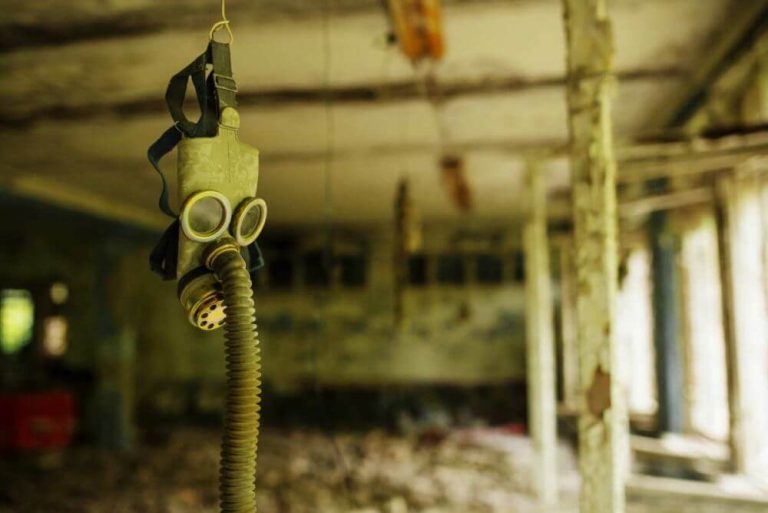Have you ever wondered why cockroaches are considered one of the most resilient creatures on earth? From surviving nuclear explosions to living for weeks without food, these creepy crawlies possess some extraordinary abilities that most other creatures don’t. Here are 10 fascinating facts about cockroaches that you probably never knew. From the fact that they can live without their heads to the different species that exist, the information you’ll learn about these remarkable creatures will make you view them differently. So get ready to expand your knowledge and find out the amazing things that cockroaches can do.

Yes, it’s quite the Halloween trick this one. Cockroaches are incredibly hardy creatures, and one of their most remarkable abilities is that they can live without their heads. This is because they have a closed circulatory system, which means that the blood flows throughout the body, rather than being pumped by the heart. Therefore, if a cockroach loses its head, the heart will continue working, meaning that the rest of the body will be fine, including the brain. This may sound incredible, but it makes sense when you consider that cockroaches have been around for around 350 million years. These creatures have survived multiple ice ages and mass extinction events, meaning that they are remarkably resilient.

As well as being able to live without their heads, roaches also have the ability to live in extreme environments. For example, many species are able to withstand temperatures as low as -20 degrees Celsius, and some species such as the American cockroach can survive temperatures as high as 45 degrees Celsius. They can also survive in humid environments with up to 80% humidity and up to 99% salinity. In addition to this, cockroaches can withstand incredibly low levels of air pressure. They have been found in the Mojave Desert in areas with air pressure so low that it’s equivalent to an altitude of 26,000 feet above sea level.

There are a couple of ways in which cockroaches excel at being fast. Firstly, their reaction times is off the charts. According to Cockroach Facts, the average human reacts in 110 millseconds. Cockroaches react in just 8.2 milliseconds. That means, by the time you thought to swat them, they’ve already started running. They can also cover 50 body lengths in one second. That is the equivalent of us humans running at over 300 km/hr. They also have small hairs on the side of their legs that help them register movement, such as air. They can react and start running before they’ve even seen what they’re running from.

As well as being able to survive extreme temperatures and a lack of air pressure, cockroaches have also been discovered to be able to survive without any food for weeks. This is because, similar to other insects, they have an amazing ability to go into a state of hibernation when the conditions are not suitable for them to survive. Some species of cockroaches will do this after a few days without food, and others can go for weeks at a time without eating. This is an incredible ability and one that most humans don’t possess. It’s particularly useful for roaches because if there’s a sudden change of conditions, such as drought, they can simply go into a state of hibernation until the conditions become suitable again.

As if their ability to survive extreme temperatures, extremely low air pressure, and go without food for weeks wasn’t enough, roaches also have the remarkable ability to detect changes in air pressure. This is because of tiny hairs on their legs that can detect air currents (in case a predator is approaching). These hairs are able to detect the movement of air particles and detect changes in air pressure. This is particularly useful for cockroaches because they are nocturnal and therefore more likely to be out and about during times when there is a drop in air pressure. This is because the weather is likely to be calmer at night and therefore less likely to disturb their surroundings.

Apart from being able to survive extreme conditions and go without food for weeks, cockroaches are also great problem solvers. This is because they have a large and very active frontal cortex. This is the part of the brain that is responsible for problem solving, decision making, and even language. This makes roaches much more intelligent than people may realize. For example, they can remember the locations of certain foods based on the smell, they have the ability to be social and even have empathy.

As if everything we’ve mentioned so far wasn’t enough, cockroaches are also incredibly resilient to radiation. In fact, they can survive up to 10 times more radiation than humans can. This is because when radiation enters the body, it damages the DNA inside the cells. The DNA is essential for the survival of the cells, so if it’s damaged, the cells won’t be able to function properly. While the body has ways of repairing DNA, some types of DNA damage can’t be repaired. This means that the cells die, and this leads to a wide range of serious health problems. Thankfully, most roaches have a very high repair rate, meaning that they can deal with any DNA damage. However, some species of roaches have evolved to be even more resilient to radiation than others. This is due to their ability to repair DNA more quickly, as well as their low number of cells.

As well as being able to survive extreme environments, and go without food for weeks, roaches are also able to survive without water for a long time. This is because they produce a natural antifreeze in their blood called glycerol. This makes the water in their bodies less likely to freeze, even at very low temperatures. As well as this, roaches can also survive on very little water, meaning that they can survive for a long time without any water at all. In fact, they can go up to a month without water, meaning that they can survive in extremely arid environments, such as deserts.

While most people think of flying bugs as being mosquitoes, some species of roaches can also fly. In fact, there are around 100 species of roaches in the world that are capable of flight, with the American cockroach and the Australian cockroach being two examples. This ability is due to their large wing-like structures that cover most of their body. These wings are very thin, but they can be strong enough to support the weight of the roach when in flight. In order for roaches to fly, they need to be able to find warm and humid conditions, which are usually found near sources of water. They will often do this at night when temperatures are lower, and they will use their wings to stay close to warm locations.

If all the facts we’ve mentioned about roaches so far haven’t amazed you, you may be interested to know that there are around 4,000 species of cockroach, and they can be found on every continent except Antarctica. About 6-7 of them are common pest species in Australia. Amazingly, Australia is home to about 400 species of cockroaches. Interestingly, roaches are part of the insect family Blattodea, which means that they are cousins to termites. This means that there are many similarities between the two species, including the way that they digest food. There are many different species of cockroach, and there are many subspecies within these species, too.
You can see that our work is always interesting, from possums to snakes, ants and termites. (We don’t deal with snakes. You’ll need a snake catcher for that. But we did run into one recently.) We hope you can see from these images the depth of our services and get an idea of the people who work behind Zapem Pest Management. We’re working to be more than just a pest controller who zaps insects and moves on. We care about our work and hopefully it shows.
Fully Licenced and Insured, Family Owned & Operated – servicing South East Queensland & Northern New South Wales.

Family Owned & Operated